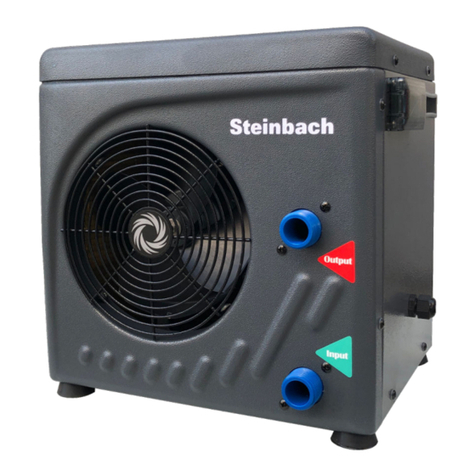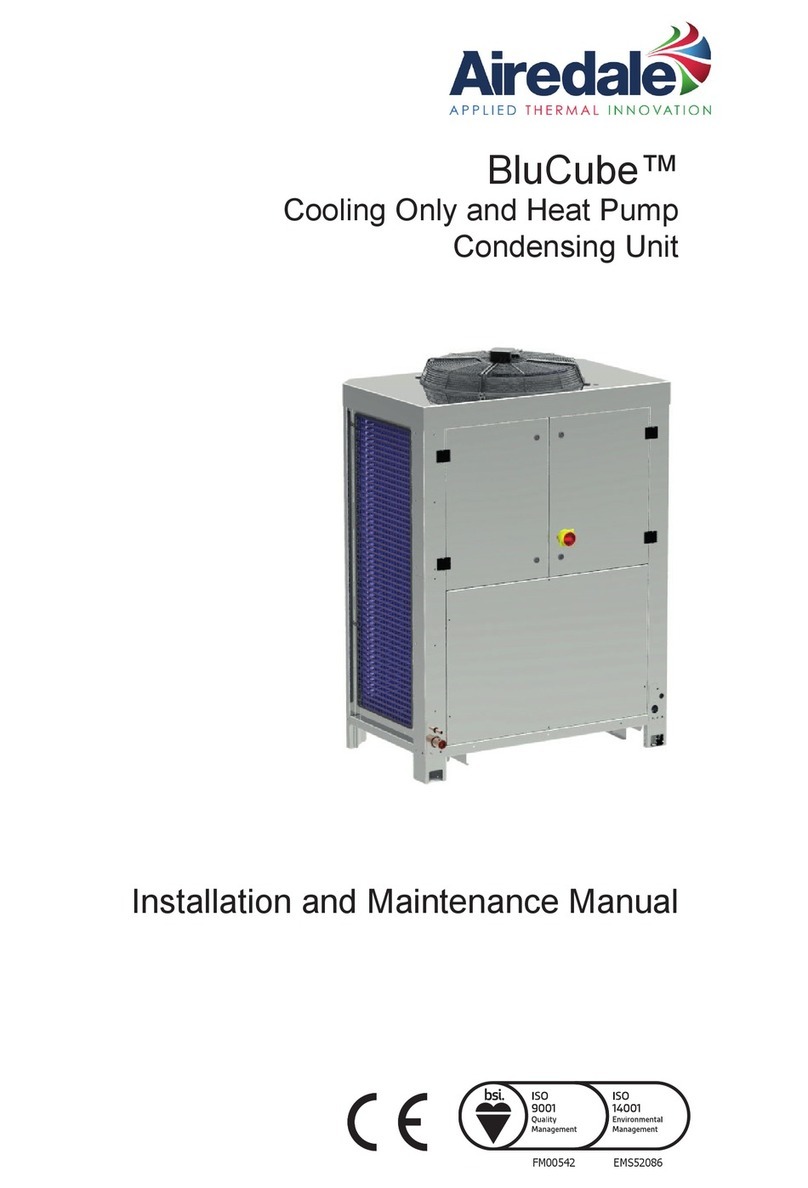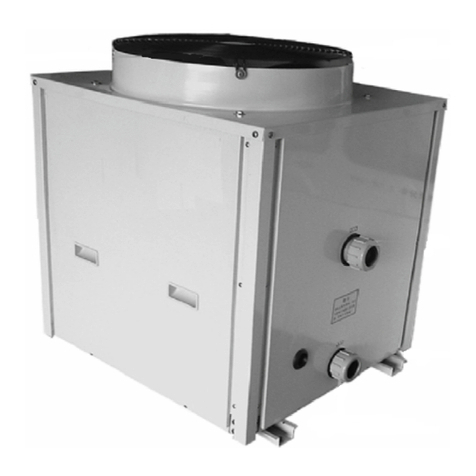
Contents
Overview................................................................................................................................................... 3
Package contents...................................................................................................................................26
General Information............................................................................................................................... 28
Reading and storing the operating manual........................................................................................28
Explanation of Symbols.........................................................................................................................28
Safety.......................................................................................................................................................29
General safety instructions................................................................................................................ 29
Preparation............................................................................................................................................. 32
Checking the delivery for completeness and damage.......................................................................32
Initial cleaning of the device...............................................................................................................32
Preparing the setup location and the connections.............................................................................32
Installation.............................................................................................................................................. 34
Installing adapters on the hose ends.................................................................................................34
Connecting the lines/pipes.................................................................................................................34
Display.....................................................................................................................................................35
Standby mode....................................................................................................................................35
Operating mode.................................................................................................................................35
Parameters........................................................................................................................................ 36
Operation................................................................................................................................................ 37
RCD power plug................................................................................................................................ 37
Activating heating.............................................................................................................................. 38
Showing or setting parameters..........................................................................................................38
Deinstallation..........................................................................................................................................39
Disconnecting the lines/pipes............................................................................................................ 39
Cleaning.................................................................................................................................................. 39
Cleaning the device........................................................................................................................... 39
Test.......................................................................................................................................................... 39
Ice on finned heat exchanger............................................................................................................ 40
Leakage.............................................................................................................................................40
Storage....................................................................................................................................................41
Shutdown in winter............................................................................................................................ 41
Troubleshooting..................................................................................................................................... 42
Technical data.........................................................................................................................................43
Spare parts..............................................................................................................................................44
Declaration of Conformity..................................................................................................................... 45
Disposal.................................................................................................................................................. 45
Disposing of the packaging................................................................................................................45
Disposing of used appliances............................................................................................................45
Disposing of the refrigerant................................................................................................................45
27




































